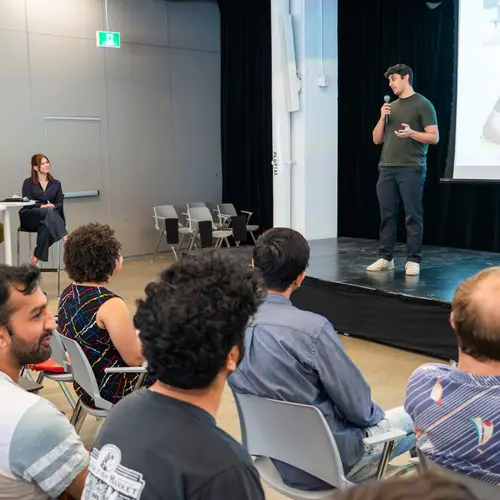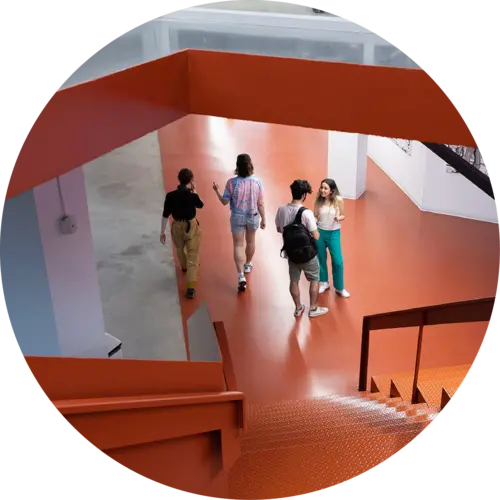
Foutse Khomh
Biographie
Foutse Khomh est professeur titulaire de génie logiciel à Polytechnique Montréal, titulaire d'une chaire en IA Canada-CIFAR dans le domaine des systèmes logiciels d'apprentissage automatique fiables, et titulaire d'une chaire de recherche FRQ-IVADO sur l'assurance qualité des logiciels pour les applications d'apprentissage automatique.
Il a obtenu un doctorat en génie logiciel de l'Université de Montréal en 2011, avec une bourse d'excellence. Il a également reçu le prix CS-Can/Info-Can du meilleur jeune chercheur en informatique en 2019. Ses recherches portent sur la maintenance et l'évolution des logiciels, l'ingénierie des systèmes d'apprentissage automatique, l'ingénierie en nuage et l’IA/apprentissage automatique fiable et digne de confiance.
Ses travaux ont été récompensés par quatre prix de l’article le plus important Most Influential Paper en dix ans et six prix du meilleur article ou de l’article exceptionnel (Best/Distinguished Paper). Il a également siégé au comité directeur de plusieurs conférences et rencontres : SANER (comme président), MSR, PROMISE, ICPC (comme président) et ICSME (en tant que vice-président). Il a initié et coorganisé le symposium Software Engineering for Machine Learning Applications (SEMLA) et la série d'ateliers Release Engineering (RELENG).
Il est cofondateur du projet CRSNG CREATE SE4AI : A Training Program on the Development, Deployment, and Servicing of Artificial Intelligence-based Software Systems et l'un des chercheurs principaux du projet Dependable Explainable Learning (DEEL). Il est également cofondateur de l'initiative québécoise sur l'IA digne de confiance (Confiance IA Québec). Il fait partie du comité de rédaction de plusieurs revues internationales de génie logiciel (dont IEEE Software, EMSE, JSEP) et est membre senior de l'Institute of Electrical and Electronics Engineers (IEEE).


